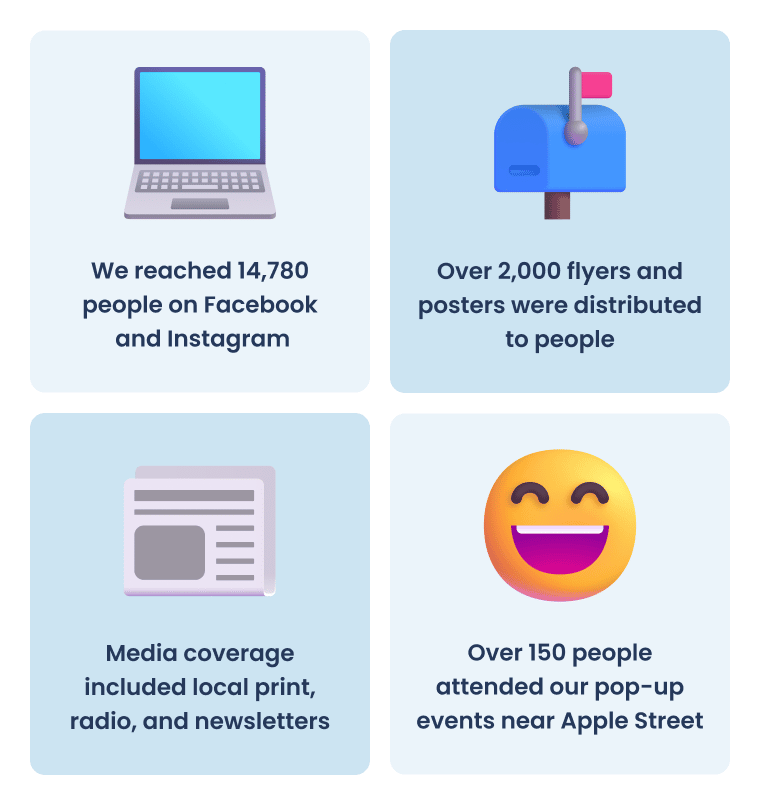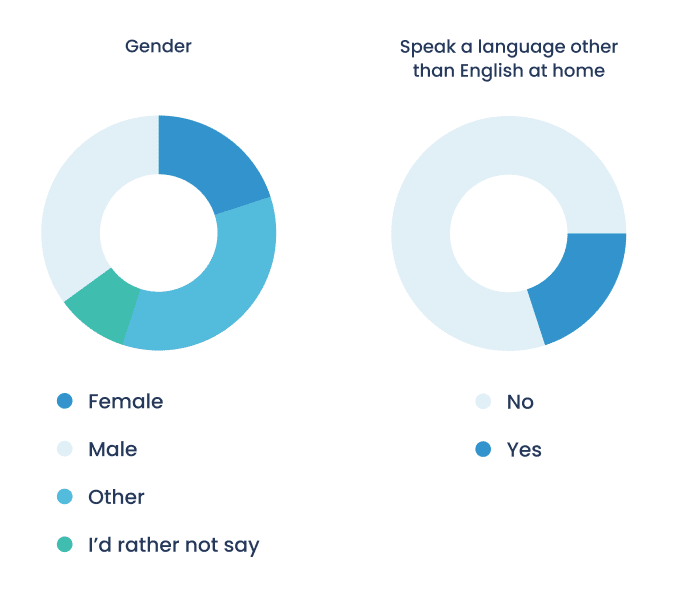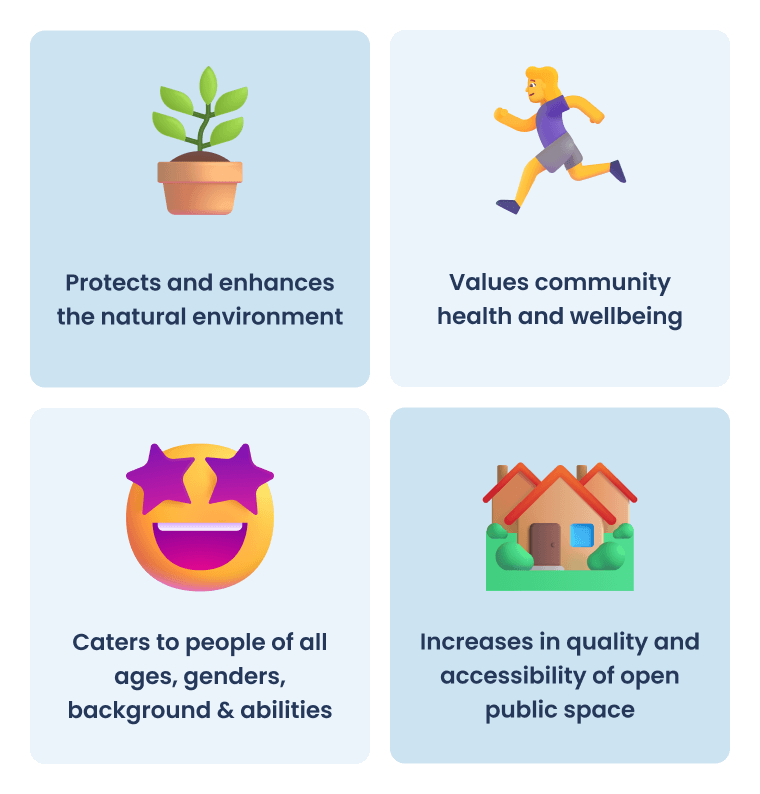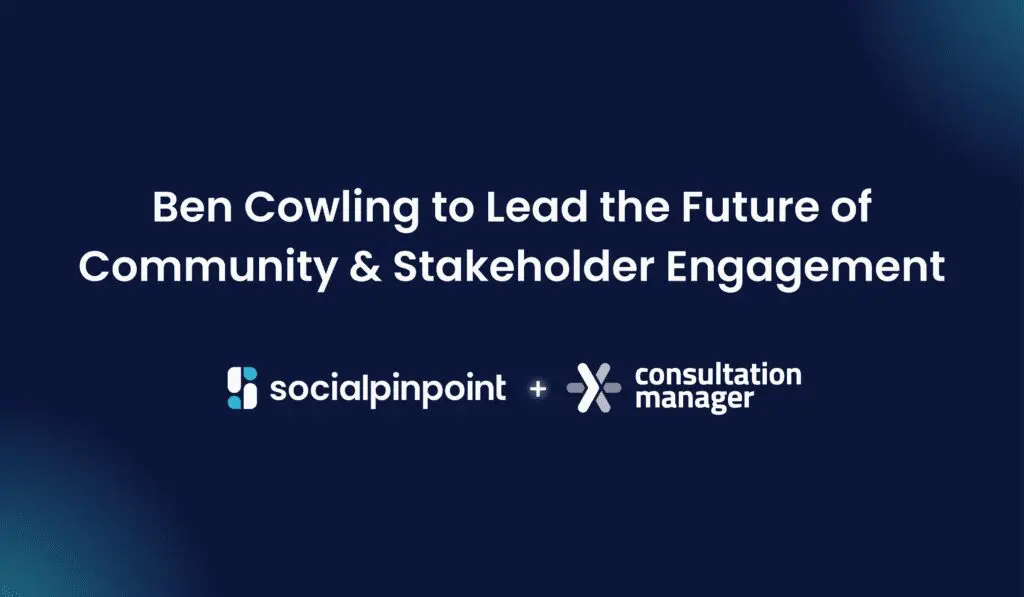When we ask citizens to share their feedback with us, it’s vital that we report back to them as to how their input has been used. Closing the loop with a comprehensive community engagement report shows respect and encourages further participation.
It’s important to show that you are listening to your community. If you invite people to participate in a community engagement project, then you need to report back to them about what you heard and how their input was used.
A community engagement report is a vital tool for building trust and creating transparency in the public participation process. It shows that you are accountable and acknowledge the community’s efforts in participating. Whether the feedback you received was positive or negative, every community engagement report is an opportunity to close the loop and shape the narrative going forward.
While you should refer to your local requirements for community engagement reporting, we have put together five elements that you could start adding to your community engagement report template:
- Introduce your project and objectives.
- Reiterate the where, when, and how.
- Describe who you engaged.
- Outline what you heard.
- Share the outcomes and next steps.
We’ve also included some community engagement report examples from a hypothetical project to help get your ideas flowing.
1. Introduce your project and objectives.
It’s important to provide a background of the project and restate its objectives, vision, and timeline. You never know who might come across your report and what level of awareness they have about your initiative. Answering the following questions will help to provide a transparent overview of your project and set the scene for your engagement report:
- Why was this project initiated?
- What does it hope to achieve?
- What was the purpose of the engagement?
Sometimes practitioners provide an executive summary or dive into the purpose and scope of the engagement project. Ultimately, the level of depth you choose should be reflective of the size of the project and the level of public involvement and influence.
Example:
The aim of Project Apple was to engage with key stakeholders, including residents and traders, to better understand and appreciate their views and experiences while developing a shared vision for the future of Apple Street.
The overall objectives included:
- Understand the needs of Apple Street stakeholders
- Improved public safety and amenity of the Apple Street precinct for residents and businesses
- Enhanced visitor experience of the precinct
2. Reiterate the where, when, and how.
It’s important to refresh the community on the engagement activities that were conducted. This helps reiterate what opportunities were open and available to the community during the consultation period.
Describe both the face-to-face and digital engagement techniques your team used, as well as how you promoted the project to your community. It can also be helpful to include the channels that you informed the community on as well as the level of reach that you achieved overall.
A community engagement snapshot can be included here to briefly showcase the key touchpoints, tools, and techniques that were utilized for the project.
Did you use online surveys, ideas walls, or forums to spark discussion? Maybe you also used face-to-face workshops to collaborate with your community. Make sure you list and summarise every engagement tool that was used.
Explaining what elements of your project the community could influence and to what level also provides helpful context for when you share the project’s outcomes and next steps.
It also shows your respect for the community’s time, i.e. that you engage closely when influence is high and scale back when it is more limited.
Example:
A range of communication and engagement activities were undertaken to inform, consult, and involve participants across the community.
Broad promotion of the public engagement opportunity was through a range of corporate communication channels and community networks including:
- Community Pop-Ups: Several community pop-ups were held during November at two key locations. The pop-ups included a mix of interactive methods to encourage community participation.
- Online Engagement Portal: The Social Pinpoint portal provided the opportunity for the stakeholders to share their feedback and experiences relating to Apple Street. The portal was open for feedback for 8 weeks, commencing on the 1st of September 2022.
- Stakeholder Consultations: Project teams conducted in-person consultations with key local, industry, and government stakeholders relevant to their focus areas. This engagement occurred from the 1st of September to the 15th of October 2022.

3. Describe who engaged.
Your engagement team needs to share if it identified people and groups who were likely to be affected by your decision and ensure that they had the opportunity to participate.
Outlining the demographics and engagement metrics of your participants also helps the community to ascertain if the feedback was representative, or if it runs the risk of being skewed towards specific stakeholders.
Explain if you used methods that empowered underrepresented groups to get involved and outline how you made the public participation opportunity accessible. Also, remember to outline if the circumstances evolved throughout the project and if you included newly identified stakeholders as necessary throughout the process.
It can be helpful to present demographic information, such as the community groups and ages of people who engaged using easy-to-understand visual charts and graphs.
Example:
If you’re asking participants the right questions upon registration, you’ll be able to conduct a participant analysis with the demographic data.
Reports commonly provide an overview of geographic locations, age, and gender in the form of visual graphs or tables.

4. Outline what you heard.
To show that you were actively listening to your community and provide transparency, it’s essential that you outline what was heard.
Share what the community told you by presenting a digestible combination of quantitative and qualitative data. Highlight the community’s top concerns, major themes, and key issues. Share what the community liked about your project, as well as the ideas and opportunities that they put forward.
Use visually impactful ways to share data, such as graphs, charts, and word clouds. While quantitative data can show the popularity or size of different issues, including statements and quotes from the community can also provide valuable context and insights.
It’s also important to acknowledge any negativity or resistance that you received, as all feedback is valuable and can provide helpful insights for the next steps that your organization should take.
Example:
We received 784 contributions for the Project Apple engagement.
90% of these respondents live in close proximity to the project area of interest. Of those, 78% regularly visit or access Apple Street.
When asked what they feel defines the Apple Street area, residents said:
- Apple Street is a green and leafy community with access to parks, open spaces, and the foreshore.
- Apple Street has many beautiful character homes which define the area and should be protected.
- Sentiment towards South Apple Street was noticeably more negative, with words such as ‘disjointed’, ‘sad’, and ‘unloved’.
- There is a high level of support (92%) for the concept plan to revitalize Apple Street.
“It is wonderful to see that after living in Apple Street for 19 years, something is finally being done about this area. Being a small town, besides the beach, there is not a lot for young people to do. This will be a great place for them to hang out.”

5. Share the outcomes and next steps.
To encourage future participation and operate with transparency, it’s important to explain the outcomes of the engagement process. Outline how the community’s feedback has been used in an easy-to-understand and actionable summary.
If the community can easily understand how their feedback has been considered and applied, this creates a successful two-way dialogue. Reflecting on the following questions should help:
- Did you meet the objectives of the engagement?
- What actions is your team now taking based on the feedback?
- What’s coming up next in the engagement project process?
- What impact do you hope that your actions will have in the community?
- How can people stay informed on the issue at hand and continue to follow your progress?
Example:
There is strong support for the draft concept plan for Apple Street.
Funding has been allocated in the current financial year to progress the detailed design of Apple Street. These results will be used to inform the ultimate design. Funding is being sought through grant streams and the Council budget for construction.
Based on the emerging themes and feedback provided, designs will endeavor to prioritize the highest-rated and most requested elements.
Community engagement reports empower citizens to move forward toward a common goal.
After gathering input from the community and observing their needs, sharing a community engagement report provides transparency over what was heard and what the next steps are.
Every report gives citizens an opportunity to understand diverse perspectives, consider different solutions, and provide further feedback as you implement a shared vision.












